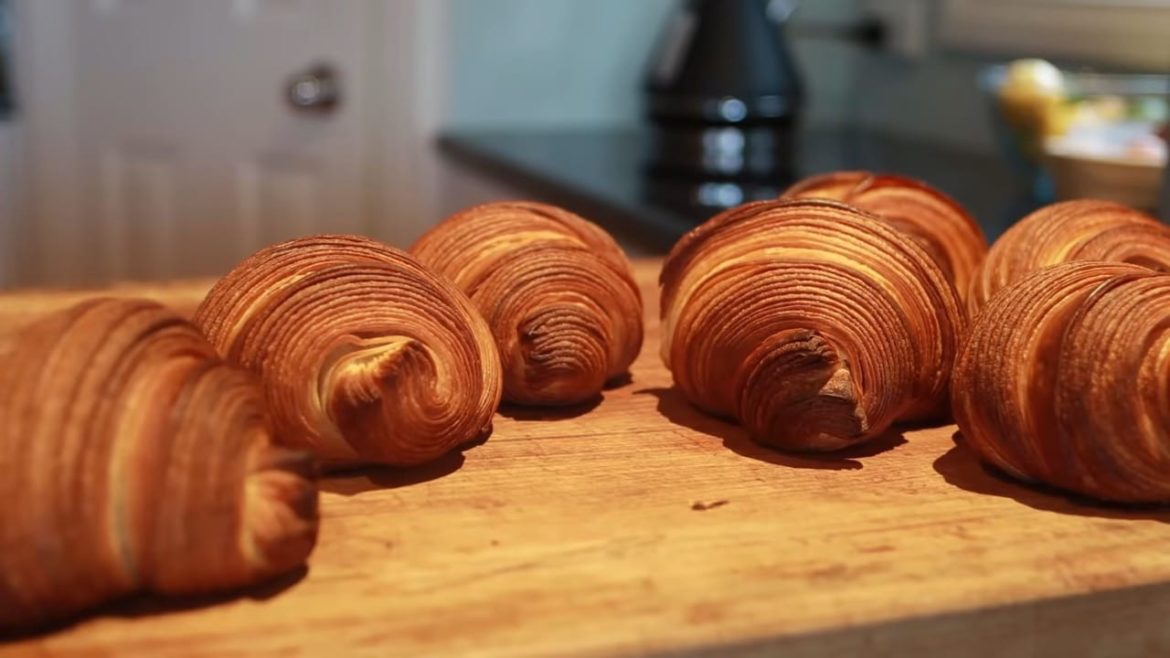Croissants is on the menu in Book recipe, and we are going to teach you how to make this delicious recipe from scratch!
Follow along with the 📝 recipes below👇🏾👇🏾

Ingredients
Dough:
Butter Lamination:
Instructions
Recipe video
Let’s Bake
Croissants is on the menu in Book recipe, and we are going to teach you how to make this delicious recipe from scratch!
Follow along with the 📝 recipes below👇🏾👇🏾
Ingredients
Dough:
Butter Lamination:
Instructions
Let’s Bake
The official website of all things Tasty, the world's largest food network. From recipes, world-class talent, and top-of-the-line cookware, we help connect food lovers in every way they interact with food.